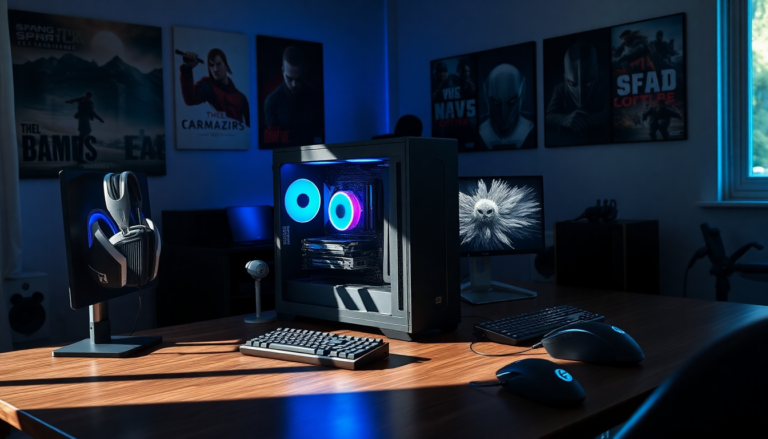Argomenti trattati
Picture this: you’re a gamer, eager to dive into the latest titles, yet your wallet feels like it’s been through a blender. The gaming world is rife with overpriced components, and the budget gamer is left to fend for themselves. Enter Intel, with its shiny new toy—the Core 5 120F—promising to serve up some serious power without the crippling price tag. But is this just another hollow promise?
What you need to know about the Intel Core 5 120F
So, what’s the scoop on this new processor? Well, rumors swirling around the tech grapevine suggest that the Core 5 120F is built on the upcoming Bartlett Lake architecture. Six P-Cores, a turbo frequency that peaks at a respectable 4.5 GHz, and a rather generous 18MB of L3 Cache—sounds like Intel is trying to play catch-up with AMD’s dominance in the gaming market. But let’s not kid ourselves; the absence of E-Cores is a curious choice, leaving gamers to wonder what they’re missing out on. Is it a brilliant strategy or a blunder that will haunt them?
The specs that matter
Intel’s marketing machine is revving up, touting the 120F as the savior for budget gamers who crave performance without the financial hangover. It’s almost poetic, isn’t it? The processor supports up to 192GB of DDR5-4800 memory and brings back hyperthreading—something that was conspicuously absent in last year’s Arrow Lake and Lunar Lake processors. But how much of a difference will that make in real-world gaming scenarios? Will it be enough to topple AMD’s Ryzen 5 5600X, which has been the go-to choice for mainstream gaming since its launch? Perhaps, but the details are still murky.
Intel’s market positioning
Intel is clearly targeting budget-conscious gamers with this chip, declaring it the “perfect choice for gamers who want to play hard without breaking the bank—no frills, just thrills.” But really, how thrilling can it be if the performance is just adequate? While it may handle eSports and AAA titles at 1080p, is that enough to woo gamers who are increasingly discerning about their hardware? What happens when they face off against the likes of the Ryzen 7 9800X3D? They might find themselves outgunned.
Pricing: The big question mark
Now, let’s address the elephant in the room—pricing. Intel hasn’t spilled the beans yet, but if they want to make a dent in the mainstream market, they’d better keep the price between $100 and $150. This would allow budget gamers to pair it with something like the Intel Arc B570, creating a reasonably powerful gaming rig that won’t break the bank. Will they manage to do it? Or will they once again fall short, leaving gamers in the lurch?
The gaming landscape ahead
As we move further into 2025, the gaming landscape continues to evolve at breakneck speed. Intel’s attempts to reclaim its throne in the budget sector are commendable, but it’s clear that they have their work cut out for them. If the 120F can hold its own against the AMD Ryzen offerings, we might just see a shift in the balance of power. Until then, the gaming community watches with bated breath—and perhaps a healthy dose of skepticism.

